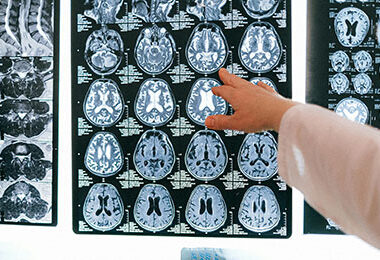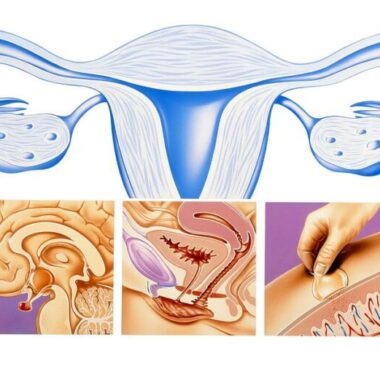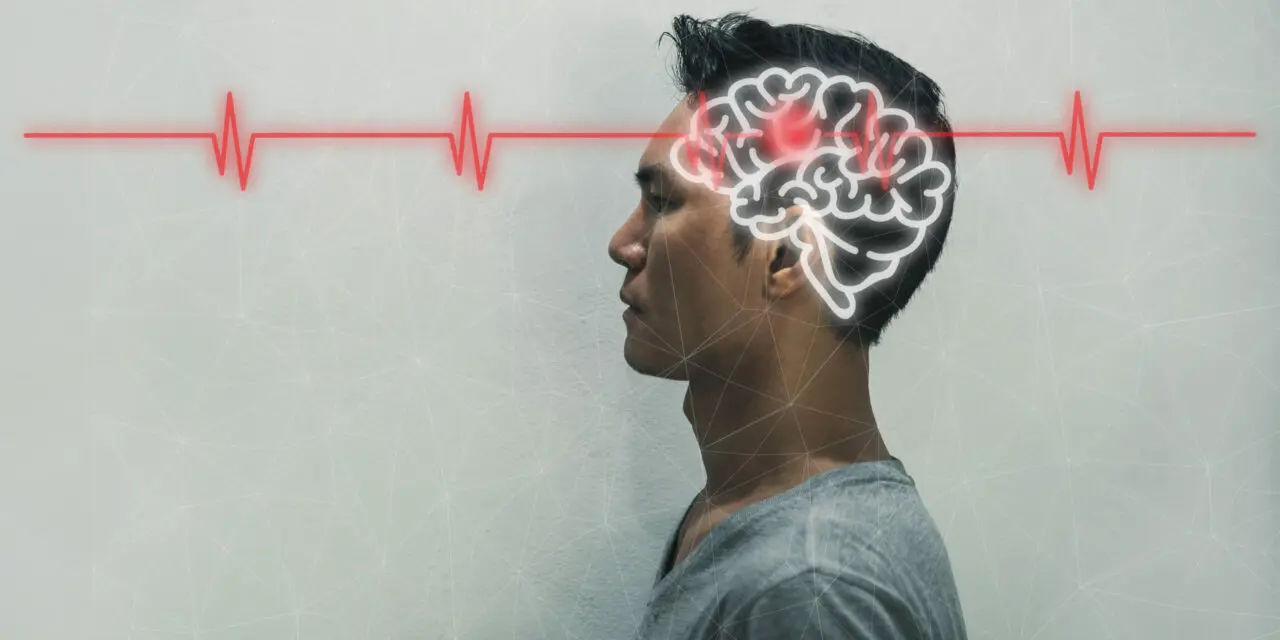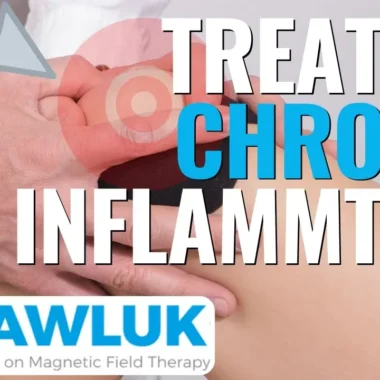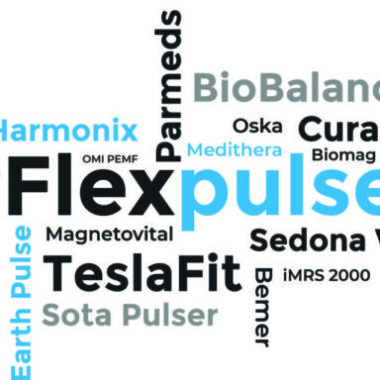HOW DOES PEMF WORK FOR ACUTE AND CHRONIC BACK PAIN?

It’s fairly likely that you are among the 85% of adults who experience back pain, both acute and chronic, at some point in their lives. Back pain causes missed work, and is a leading cause of disability claims. Back pain is the second most common neurological ailment, second only to headaches.
Americans spend billions of dollars every year on treatments for various types of back pain. Unfortunately, these treatments generally offer temporary relief, if they help at all. Some of these treatments, especially prescription drugs, come with more risks than the moderate relief they provide is worth.
Treatment with Pulsed Electromagnetic Fields (PEMFs) is a safe, non-invasive alternative. While surgery should be a last resort, PEMF therapy should be considered as an early intervention. With the right early treatment, riskier procedures and prescriptions might be avoided altogether.
WHAT CAUSES BACK PAIN?
There are numerous causes of back pain. Lifting something that is too heavy can cause sprains, strains, or spasms in the back muscles or ligaments. Discs can rupture or bulge as a result of strain or compression in the spine. Discs naturally lose fluid and flexibility with age, hindering their ability to protect the vertebrae.
Nerve irritation and bone lesions can also cause back pain, especially in the lower back. Degenerative conditions such as arthritis or disc disease, osteoporosis, viral infection or other structural abnormalities can be at the root of back pain. Lifestyle choices, such as obesity, smoking, stress, inappropriate posture, and poor sleeping position can also cause back pain.
Sometimes, pain can radiate to the back as a result of injury or disease elsewhere in the body. With so many potential causes, it’s no wonder back pain is such a common complaint. The range of possibilities also means that determining the root cause of pain can be difficult, making appropriate treatments hard to discern.
PEMF therapy is effective on all kinds of pain, without the risks of other treatments. That’s why it’s such a great first step.
ACUTE PAIN
Back pain often begins as acute pain, but sometimes lingers until it’s considered chronic. Knowing the difference between the two can help guide treatment with PEMFs, as well as other interventions.
Acute pain is an important part of the healthy healing process. Acute pain is a communication that something has gone wrong, and a signal that you need to take care of a problem. This pain is usually the result of trauma or a mechanical disorder, such as arthritis.
Injury sends a signal to your brain, prompting an inflammatory response that protects the area from further damage as you heal. This signal is received in the limbic system, where emotions live. That signal creates an intense emotional response, which in turn causes the pain that helps you take the steps necessary for healing. As the injury heals, that emotional response is reduced.
Acute back pain may cause muscle aches, spasms, shooting or stabbing pain, limited range of motion or flexibility, and you may be unable to stand up straight. When acute pain is treated properly, it subsides quickly – usually within a few days – as the injury heals.
CHRONIC PAIN
Chronic pain, on the other hand, can last indefinitely. To be considered chronic, pain must persist for more than three months. Chronic pain often gets progressively worse, and it can be tough to determine the cause.
Up to 10% of people develop chronic back pain, which impacts daily life considerably. Chronic back pain can lead to even more debilitating health issues, such as anxiety, depression, immune suppression, difficulty sleeping, and eating disorders. Treatment options for chronic back pain are often more expensive, more complex, riskier, and less effective.
Inflammation that lingers after healing has occurred can cause your limbic system to move from an intense emotional reaction to a state of continual emotional suffering. Changes can occur in your brain that intensify minor pain signals, making them feel more severe. These changes can even convert a simple touch to a pain signal. Treatment to the brain circuits can be a critical aspect of controlling chronic pain. PEMFs can provide this treatment in a safe, non-invasive way.
PEMF THERAPY OFFERS EFFECTIVE RELIEF FOR BACK PAIN
PEMF therapy sends pulsed magnetic fields to specific areas in the body. These energy waves heal damage at the cellular level. PEMFs can target back pain, regardless of cause. Even better, PEMF therapy can also target pain response centers in the brain, helping diminish the long term emotional suffering and regulate brain function.
Research is very clear that PEMFs are safe and effective to use across the brain, even at high intensities. PEMFs repair brain tissue and adjust brain frequency functions, helping to calm overactive, over excited signals.
I monitor PEMF research closely, and am always pleased with the results that show how effective PEMFs can be for pain management.
Two studies in particular have shown that PEMFs have considerable potential for reducing pain in participants with lumbar radiculopathy and whiplash syndrome.
The first studied a total of 100 patients with lumbar radiculopathy (pressure on a spinal nerve root) and 92 with whiplash syndrome. One group of patients received the standard medications diclofenac and tizanidine and magnetic field treatment twice a day for two weeks. The other group received only medications. For both conditions studied, pain relief was significant with the addition of magnetic field treatments.
In the second randomized controlled clinical trial, the impact of a PEMF system in managing pain caused by lumbar radiculopathy from spinal disc disease was evaluated. Lumbar nerve root compression can result in pain that can radiate to the hips or down to the legs or feet.
The authors of this study concluded that PEMF therapy is an effective method for the conservative treatment of lumbar radiculopathy caused by lumbar disc prolapse, as well as effective in reducing nerve root compression.
THE DRAWBACKS TO TRADITIONAL CHRONIC PAIN MANAGEMENT TECHNIQUES
One of the biggest shortcomings of more commonly used pain management techniques is that the treatments are simply covering symptoms, not removing the source of the pain.
This is one of the reasons opioid pain medications are so dangerous! It often takes higher and higher doses to mask the symptoms, and because the cause of the pain wasn’t addressed, if you stop taking the medications, the pain returns. It’s quite clear that with the opioid crisis in America, pain medications aren’t the best solution.
Even surgery that is supposed to correct a problem isn’t always effective. Because identifying the source of chronic pain is so tricky to identify, correcting a problem such as herniated disc or radiculopathy may not help.
I’ve seen patients who developed what we call “failed backs,” meaning they’ve had multiple procedures on their back but still have severe pain – sometimes even worse than the pain they started with!
Conventional treatments are better known, and physicians will often recommend only what they are familiar with. I did this myself when I first began in practice, avoiding treatments that seemed less scientific. If only I’d known then what I know now!
Frustrated with the options, and after seeing the dire consequences of some of these treatments, I made it a point to learn more about other treatments and the value they might offer.
Early on, I saw the potential for magnetic therapies, especially since they came with very low risk. It’s my goal to share what I have learned so others can benefit from the information I have gathered, and avoid the unnecessary risks of other treatments.
PEMFS ARE A SAFE ALTERNATIVE FOR BOTH ACUTE AND CHRONIC BACK PAIN
PEMFs work quickly, with often dramatic results when treating acute back pain. Patients report that when they used a PEMF system for acute back pain, the problem resolved quickly. While it’s great to know that acute pain can be resolved quickly with PEMFs, they are more often used for chronic back pain, since this is the pain that lingers and causes such extreme suffering.
PEMFs can make a huge difference in the daily life of patients with chronic back pain. Even if the pain is not completely eliminated, it can become much more mild, allowing patients to get back to their daily routines. PEMFs can also be used on the brain, to soothe the limbic system and prevent your brain from sending out overinflated pain signals.
Many of my patients have found great relief using PEMFs for back pain, whether chronic or acute. Knowing exactly which system is right for your needs can be difficult, since different conditions require different frequencies or intensities.
If you have questions on using PEMFs for back pain, or want help finding the best product for you, call our office at 866-987-0514 to speak to a member of my team. With PEMF therapy, you can take control of your life and manage your back pain safely and easily – in the comfort of your own home!
References:
Omar AS, Awadalla MA, El-Latif MA. Evaluation of pulsed electromagnetic field therapy in the management of patients with discogenic lumbar radiculopathy. Int J Rheum Dis. 2012 Oct;15(5): 101-8.

